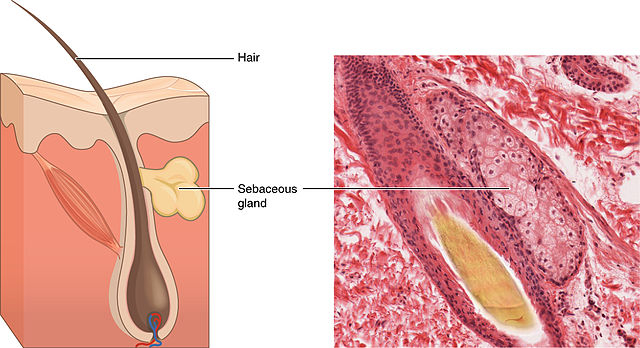
Woman Who Can Smell Parkinson’s Helps Create Experimental Skin Swab Test
Milne first made headlines back in 2015. Her husband, who Milne thought had been emitting an unusual odor for a few years, had just been diagnosed with Parkinson’s and was attending charity meetings with other patients. When Milne tagged along, she that other people at the meetings shared her husband’s musky smell.
Sure enough, Milne correctly identified the six Parkinson’s patients’ T-shirts. She also said one of the “healthy” people’s T-shirts was worn by someone with the disease, which the group initially assumed was incorrect. Eight months later, they found out Milne had been right: The seventh T-shirt wearer was diagnosed with Parkinson’s.
The Universities of Edinburgh, Manchester, and London soon launched a project to identify the molecules responsible for the scent Milne could pick up. They’ve been at it for a few years now, and just a few weeks ago, the schools shared that they’d created a quick, non-invasive Parkinson’s test using just a skin swab.

The sebaceous glands, where sebum (and therefore the lipids used to detect Parkinson’s) is formed. (Image: OpenStax College/)
In a study in the American Chemical Society journal JACS Au, researchers write that they used ion mobility mass spectrometry (PS-IM-MS) to find the types of molecules present in the sebum of those with Parkinson’s disease. Sebum, an oily substance produced by the skin’s sebaceous glands, is topical enough that its scent is obvious to “supersmellers” like Milne. With the help of Milne’s unique insights, the researchers were able to determine which lipids (waxy, fatty molecules) were present in Parkinson’s patients’ sebum, then develop a test that could confirm whether those lipids were present.
The resulting test allows scientists to simply swab a patient’s skin, transfer the obtained microscopic biological substances to a piece of paper, then put that paper in a PS-IM-MS analyzer. The analyzer can tell a patient within minutes whether they have Parkinson’s with a 90 percent accuracy rate.
The researchers are now working on getting their test into clinical labs, where its accuracy and practicality can be further evaluated. In the meantime, there’s a chance Milne’s work might not be done. Milne, who was a nurse before she retired, has also reportedly scent differences in people with cancer, tuberculosis, and Alzheimer’s. How far will her discoveries go?
Now Read: